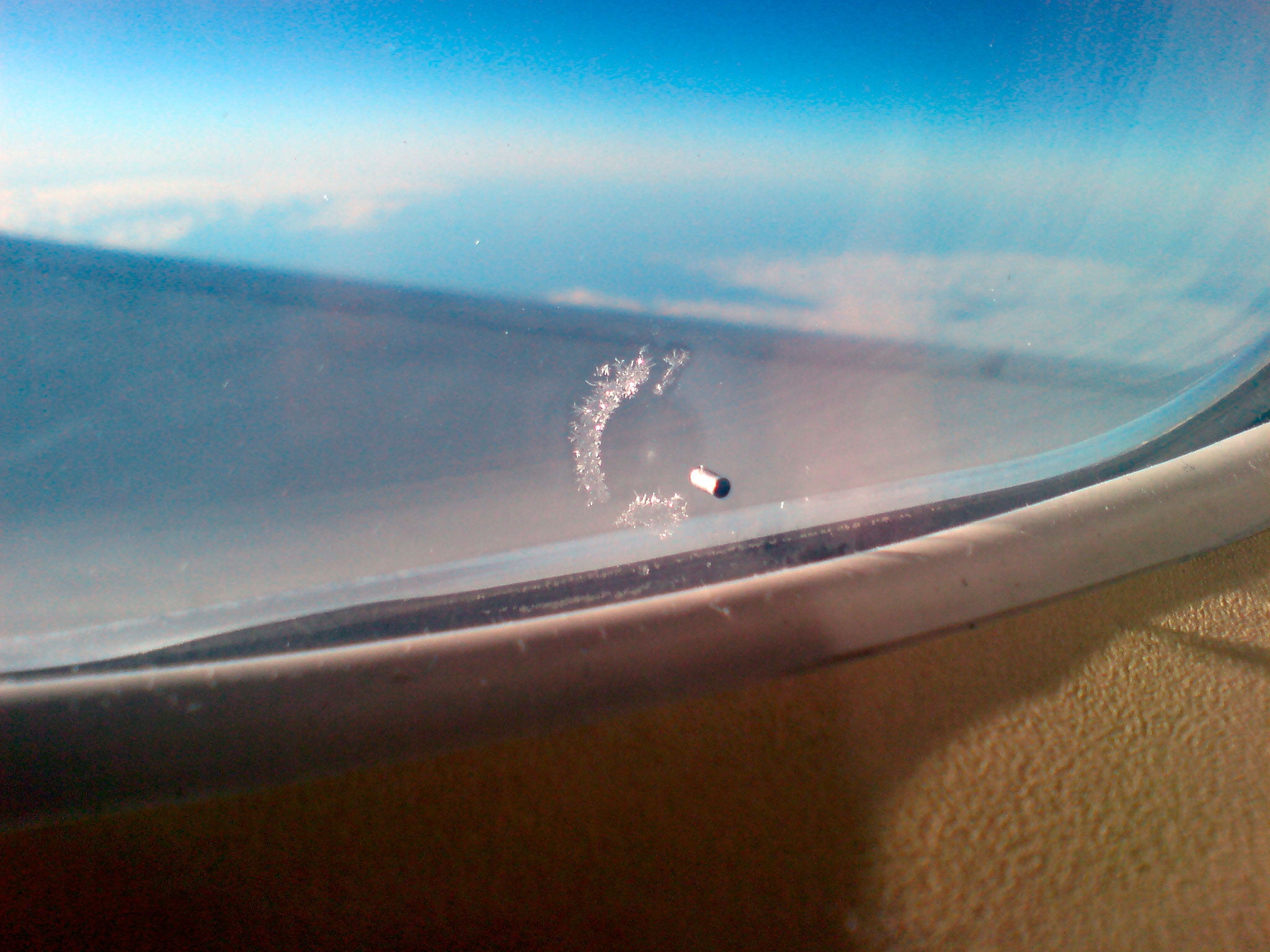This is why aeroplane windows have tiny holes
The gap is an important safety feature

Your support helps us to tell the story
From reproductive rights to climate change to Big Tech, The Independent is on the ground when the story is developing. Whether it's investigating the financials of Elon Musk's pro-Trump PAC or producing our latest documentary, 'The A Word', which shines a light on the American women fighting for reproductive rights, we know how important it is to parse out the facts from the messaging.
At such a critical moment in US history, we need reporters on the ground. Your donation allows us to keep sending journalists to speak to both sides of the story.
The Independent is trusted by Americans across the entire political spectrum. And unlike many other quality news outlets, we choose not to lock Americans out of our reporting and analysis with paywalls. We believe quality journalism should be available to everyone, paid for by those who can afford it.
Your support makes all the difference.For anyone who has ever wondered why aeroplanes windows have a small hole in them, be reassured: it's an important safety feature to stop the cabin from depressurising.
The Federal Aviation Administration (FAA) told Tech Insider the hole is used to regulate air pressure.
As the plane gains altitude, the air pressure outside drops compared to the regulated air pressure inside the cabin.
The difference in air pressure places physical stress on the plane's windows, which consist of three panes of glass. A small air gap sits between the middle and outer panes of glass.
The hole in the middle pane, officially called a "breather" or "bleed" hole, balances the pressure between the cabin and air gap.
This ensures the outer pane takes the pressure, while the middle pane acts as a fail-safe in the unlikely event the outer pane fails.
The bleed hole also serves another function, releasing moisture from the air gap to prevent windows from fogging up or frosting over.
Another common question about aeroplane windows asks why they are rounded - they used to be square, but two planes with squared windows fell apart in the air in 1953, killing 56 people in total.
The four corners of the square windows acted as weak spots, making them more likely to crack under the stress of air pressure.
By curving the windows, the stress is distributed and the likelihood of it breaking the window reduced.
Join our commenting forum
Join thought-provoking conversations, follow other Independent readers and see their replies
Comments